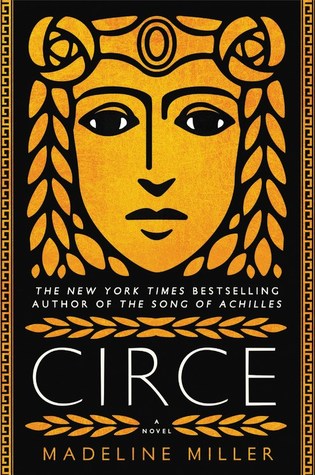
Pirms
izklāstu savas domas, piebildīšu, ka esmu viens no tiem cilvēkiem, kuri bērnībā
lasīja Homēra Iliādu un Odiseju un atplaukst smaidā, redzot gleznās
mazu gabaliņu no Grieķu mītiem vai Bībeles stāstiem.
Lai
nepārstāstītu saturu, neliels ieskats tajā: "In the house of Helios, god
of the sun and mightiest of the Titans, a daughter is born. But Circe is a
strange child—not powerful, like her father, nor viciously alluring like her
mother. Turning to the world of mortals for companionship, she discovers that
she does possess power—the power of witchcraft, which can transform rivals into
monsters and menace the gods themselves.'' [.]Šī ir viena
no grāmatām, kura, pateicoties Circe atklātumam, reizēm naivumam un
piedzīvojumu kārei, ļauj pietuvoties mitoloģijā aprakstītiem tēliem, it kā tie
tik tiešām kādreiz ir dzīvojuši. Vienā no nodaļām divās lappaspusēs tika
aprakstīts stāsts par Minotaura dzimšanu - no ieņemšanas brīža un iemesliem
līdz nāvei - tik krāšņi, ka domāju to neaizmirsīšu nekad. Viens no
fragmentiem, kurš ietver grāmatas kopējo noskaņu: "Circe, he says, it will
be all right. It is not the saying of an oracle or a prophet. They are words
you might speak to a child. I have heard him say them to our daughters, when he
rocked them back to sleep from a nightmare, when he dressed their small cuts,
soothed whatever stung. His skin is familiar as my own beneath my fingers. I
listen to his breath, warm upon the night air, and somehow I am comforted. He
does not mean that it does not hurt. He does not mean that we are not
frightened. Only that: we are here. This is what it means to swim in the tide,
to walk the earth and feel it touch your feet. This is what it means to be
alive.''
10/10
![]()
![]()


